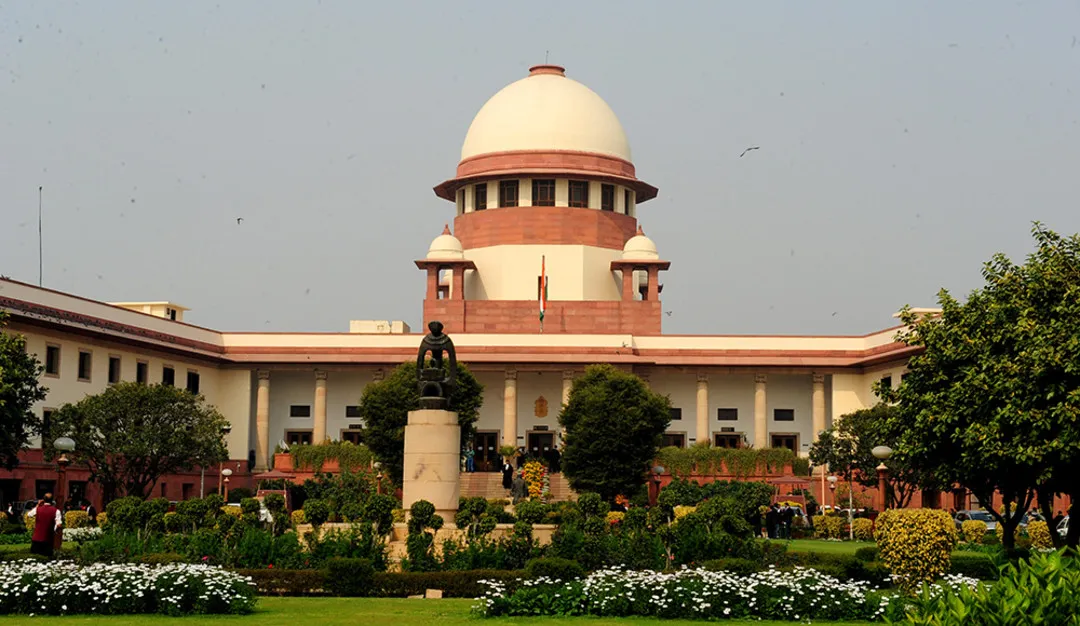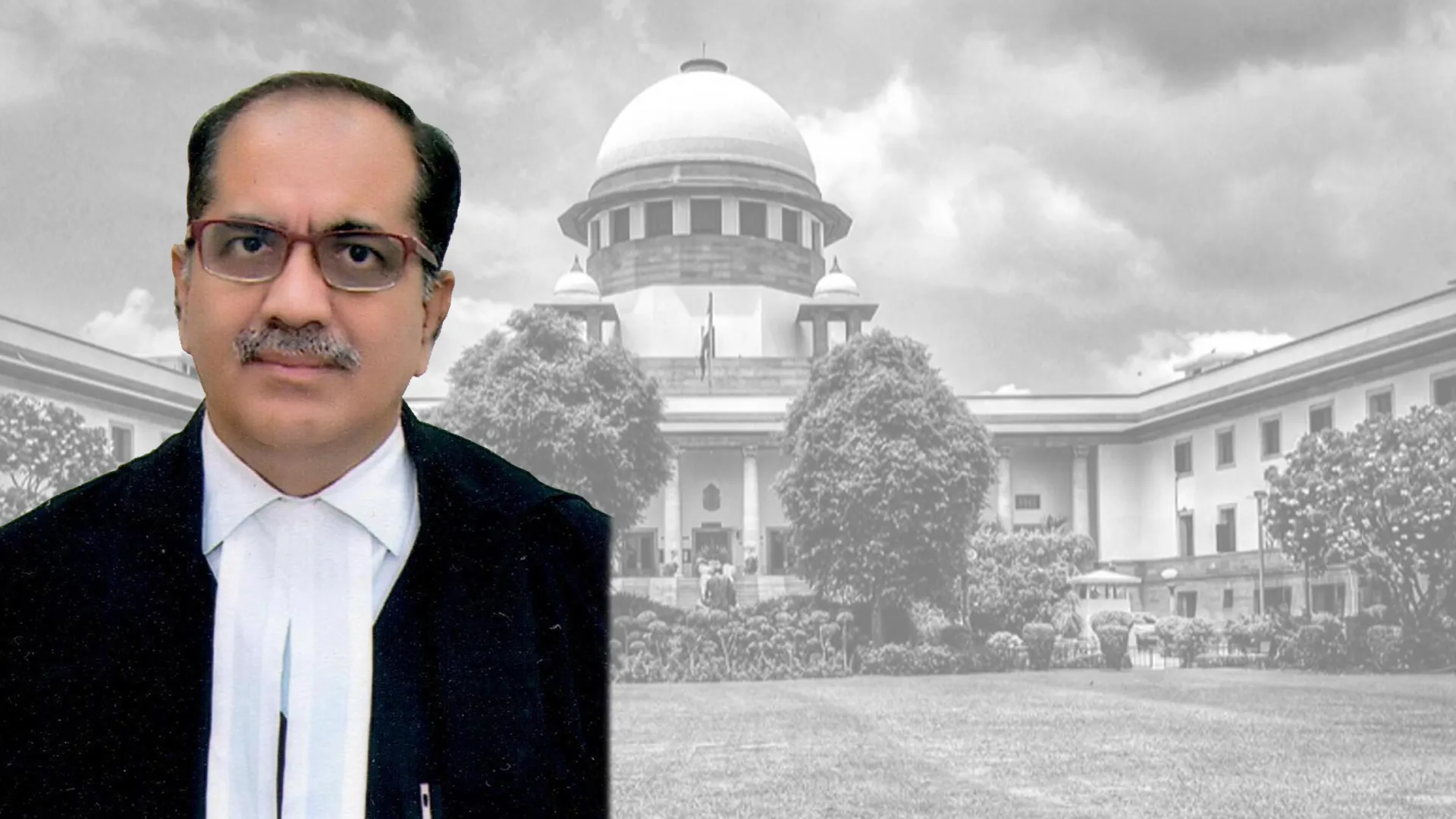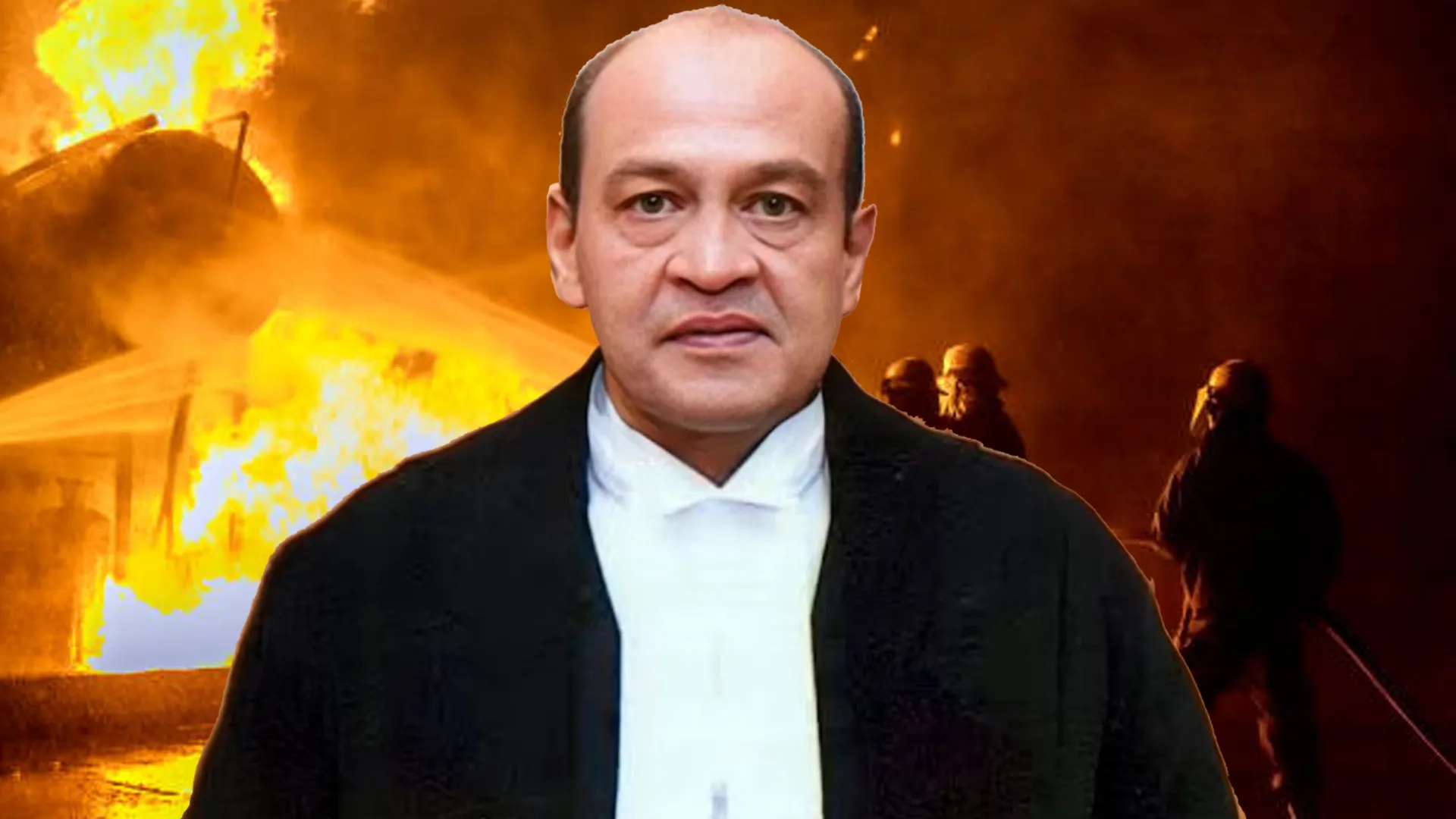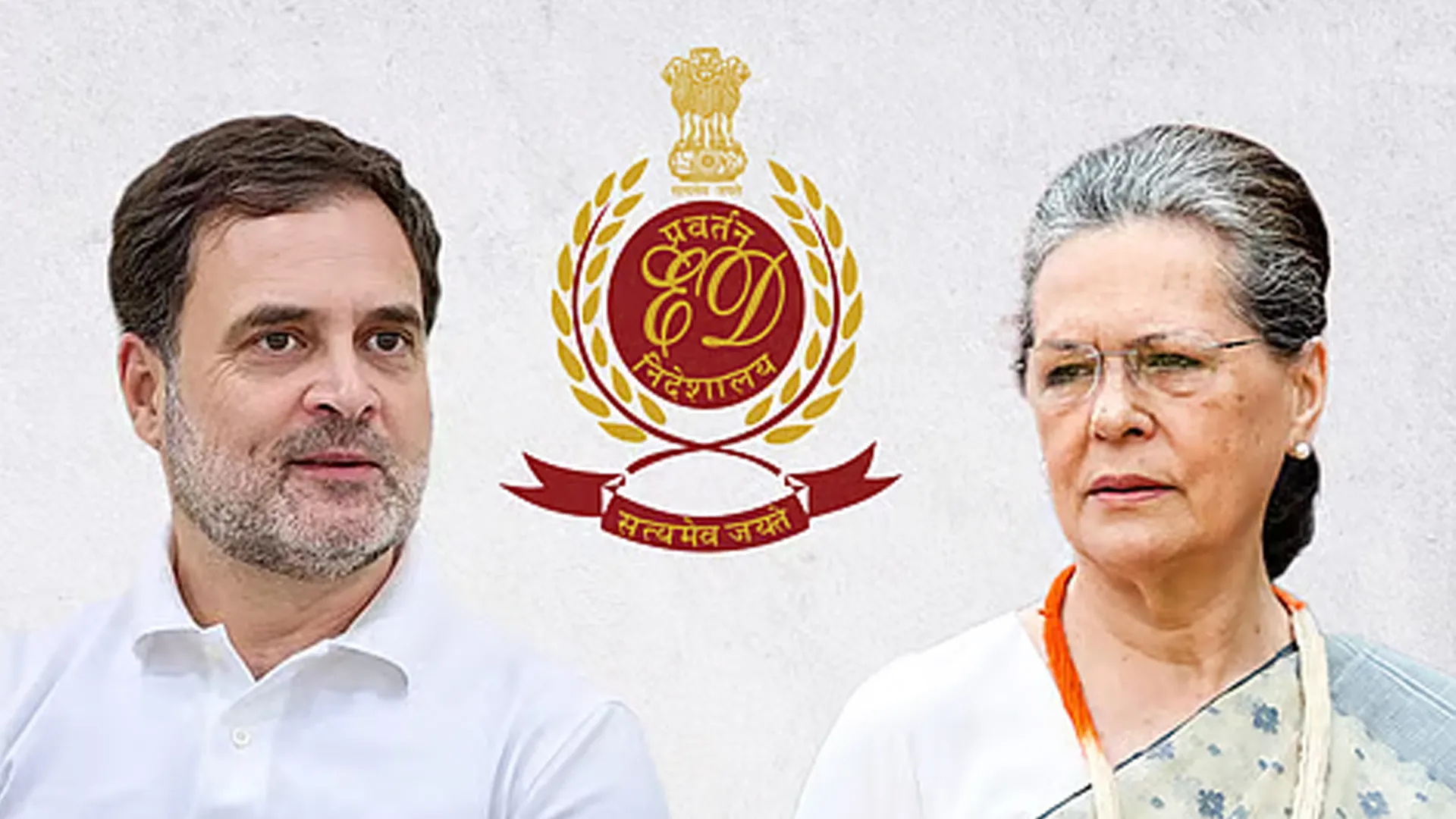INTRODUCTION
The Constitution is the bedrock of the nation’s democratic and secular architecture. After a prolonged period of deliberations and debates, delegates of the Indian population drafted the Indian Constitution. The constitution of India lays down fundamental rights for its citizens in order to safeguard and protect basic rights that can be enjoyed by the Indian citizens. There are six fundamental rights that are given recognition by the Indian constitution, namely, right to equality, right against exploitation, right to freedom, right to freedom of religion, right to constitutional remedies and lastly the cultural and educational rights.
Article 14 of the Indian constitution lays down the foundation of the fundamental right to equality in India. Equality as a concept is very competitive in the sense that it can be thought as a way of levelling the field which further goes on to impact the well-being of all the citizens living in India. The right to equality in the Indian constitution is dealt by five articles- Articles 14, 15, 16, 17 and 18. Article 14 deals with the general provision on equality whereas Articles 15, 16, 17 and 18 engage with inequality specific to India. There are essentially three categories of equality- formal equality, equality of opportunity and the equality of outcomes. The Indian constitution isn’t biased towards any one of the categories as it has all of them engrained in it in some way or the other.
There are essentially two doctrines that have been established by the Supreme Court to test the constitutionality of different and diverse laws under Article 14. The first or the old doctrine is also known as the “classification test” and the second and the new doctrine is known as the “arbitrariness test.” This article will aim to focus on the classification test while shedding light on Tarnuabh Khaitan’s opinion of the same as being deferential to the State.
CLASSIFICATION TEST
This test pushes the Court towards asking two questions, first, whether the classification made by the law in question was based on an intelligible differentia, and secondly whether the classification had a reasonable relationship with the law’s intended goal. The Supreme Court, led principally by Das J, created the classification test to establish a law’s compliance with Article 14 in its early years, inspired by US jurisprudence under the Fourteenth Amendment.
The evident premise behind these inquiries was that Article 14’s guarantee to equality is only invoked when the law classifies something. Before the categorization philosophy can be applied, there must be some sort of differential treatment between two people or groups of people.
This doctrine only applies to State activity, especially addressing vertical interactions between individuals and the State (though it does cover interactions between two State bodies). Horizontal ties between private individuals remain outside its purview. The reality is that the idea of classification is basically comparative, which is quite opposite to the doctrine of arbitrariness. This indicates that, before classification doctrine is used, there must be some relative differential treatment between two people or two classes. On the other side, for any major failure to establish an action on sound reasons, the doctrine of arbitrariness is asserted. In other words, as stated by Tarnuabh Khaitan in this Chapter in the Oxford Handbook of the Indian Constitution, the doctrine of classification questions unreasonable comparisons, whereas the unique contribution of the doctrine of arbitrariness is to bring in the sphere of Article 14 the concept of non-comparative unreasonability.
WHY THE TEST IS DEFERENTIAL TO THE STATE
Tarunabh Khaitan in his Chapter in the Oxford Handbook of the Indian Constitution projects the idea that a highly deferential, astonishingly constrained, and formalist principle for State action is the basis of the classification doctrine, which is designed to address unjustified comparisons among individuals and classes of individuals. He basis the idea of the doctrine being highly deferential in the view that the Court gives the claim of the State a great deal of weight on what the facts are, how the facts should be assessed and whether or not specific standards have been broken.
The argument that the doctrine is deferential is sound in nature and through the supreme court rulings that this article will examine in the next section, it will become clearer that the Supreme Court has went on to provide a leeway to the State when it comes to establishing a violation of the fundamental right to equality under Article 14. A tight screening of the test of proportionality appears to have been used in the Court in many cases, but there are compelling grounds to believe that these declarations were in many of these cases only theatrical covers in which a very deferent evaluation norm could still be used. Furthermore, the fact that the doctrine is limited and formalistic only goes on to add to its deferential nature as by limiting the number of questions that this doctrine can present the Supreme Court fails to go into depth of how the right to equality was violated to start with. The ideology is officialist since the two questions generally satisfy the prima facie wording of the regulation and overlook its influence on people and groups in the real world. It is important to take into consideration the fact that the Supreme Court is capable of expanding the questions that can be asked through this doctrine that could eventually result in a larger burden of pressure on the State to prove why a given right has been violated which in turn could then further result into a lesser deferential doctrine that isn’t biased towards anyone of the sides.
SUPREME COURT RULINGS
The first case that this essay will look into for substantiating the stance of the classification doctrine being deferential is Air India Vs Nargesh Meerza (1981) . In this case the Supreme Court in light of a declaration made by the Central Government itself states that,
“[T]he declaration is presumptive proof of the fact that in the matter of allowances, conditions of service and other types of remuneration, no discrimination has been made on the ground of sex only. The declaration by the Central Government, therefore, completely concludes the matter.”
Essentially, the Court held that the various earnings of air hostesses and flight pursers did not have sex as presumptive proof as a basis of a government declaration. It is imperative to understand that the court gave this statement on just the basis of a government declaration which stated that the categories of employees are divided on the basis of different conditions of service and not on the difference of sex. The court in this case basically relies on the central government’s declaration using the classification doctrine without doing any investigation of its own. The above statement made by the court is clearly problematic in nature and highlights the deferential treatment of the doctrine towards the State.
In the case of Tamil Nadu Electricity Board vs R, Veeraswamy And Ors (1999) ¸ the supreme court was yet again seen applying the doctrine of classification in favour of the State. The supreme court in this case failed to categorise the people who retired before 1st July 1986 and those who retired after the date into one class and due to this reason, the people who retired before 1st July 1986 wouldn’t be able to avail the benefits of the new pension scheme. The court in this case gives a lot of room and attention to the grounds provided by the state which clearly highlight a deferential treatment. the court can be seen stating that,
“The appellant-Board had given well-founded reasons for introducing the pension scheme from 1.7.1986 including financial constraints, a valid ground. We are of the view that the retired employees (respondents), who had retired from service before 1.7.1986 and those who were in employment on the said date, cannot be treated alike as they do not belong to one class”
Further, a limiting and formalistic approach can also be seen applied by the Supreme Court while analysing The Kerala Education Bill as the Court refused to investigate the designation of the Bill to target Christian schools.
CONCLUSION
The doctrine of classification is the oldest doctrine which helps in determining whether a law has been violative of article 14. However, the doctrine carries with it many limitations which also includes it being deferential towards the state. The problems with the doctrine are further solidified by the subsequent Supreme Court decisions which fail to recognise and improvise the limitations of the doctrine. The deferential treatment towards the state eventually results that is discriminatory towards the citizens of India. It is high time that the limitations of the classification doctrine are recognised, and a more solid and coherent doctrine is established which keeps in mind both the interests of the citizens and the state.























